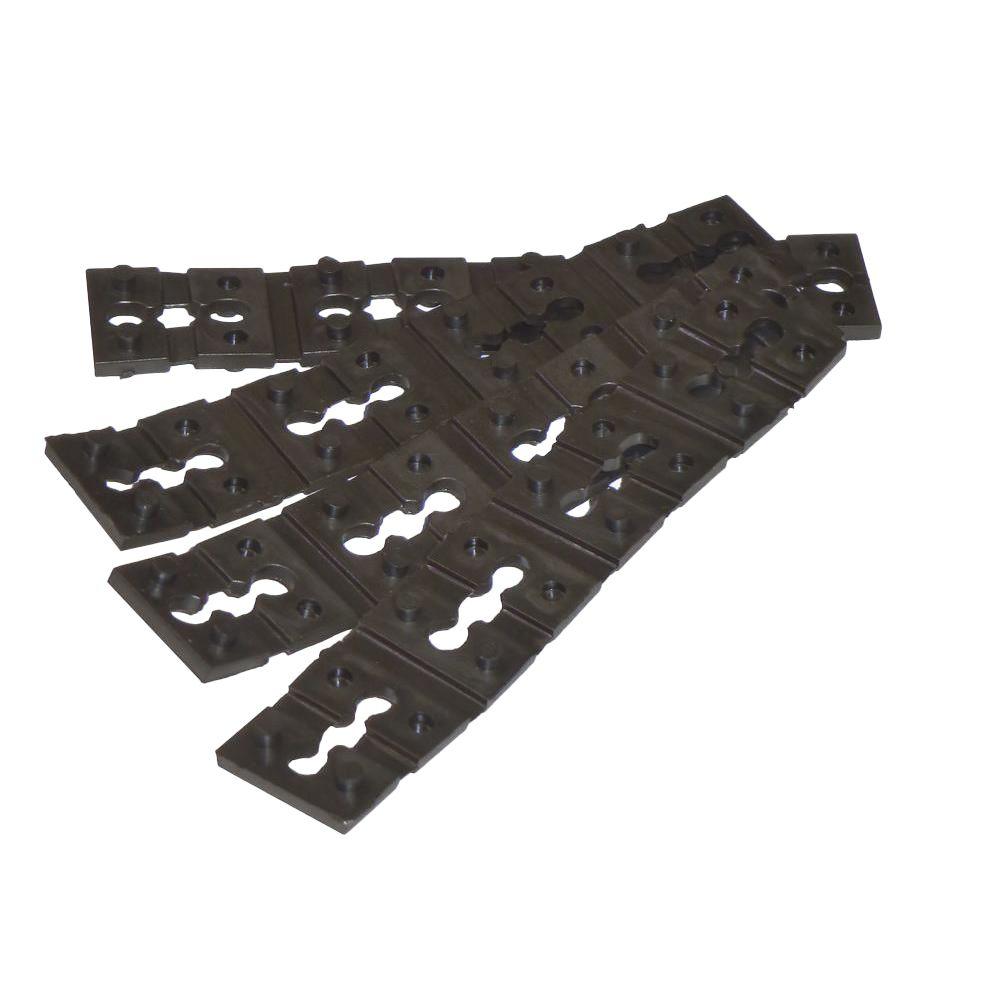I believe the 2nd plug isn't grounded from this picture:

In my house when dealing with old wobbly plug attachments I've used shims like these:

When that image link breaks; it is a link from home depot for a product by a brand "ideal" named "spacer" that I found with a google search of "outlet shim"
They go between the receptacle mount and the box and you shim them out until the face plate can screw into the receptacle without (much) tension.
As far as why 240 is more efficient than 120; I suspect it is more that there is a fixed "run the charger tax" of 800 watts to run coolant pumps, battery heaters, other electronic whizmos, etc. I suspect you'd see a similar non-linear improvement if you used a "TT-30" charger which gives you 30 amps of 120v. The whizmo tax isn't a big deal in a moderate temperature garage but when you're confronted with a battery that is -20° the heater probably wants to soak up 2000w for quite a while before you can charge, and if you're running on a 1500w max budget, you'll never get up to temp and start charging but you will get a big electric bill for running a space heater outside all night.

In my house when dealing with old wobbly plug attachments I've used shims like these:

When that image link breaks; it is a link from home depot for a product by a brand "ideal" named "spacer" that I found with a google search of "outlet shim"
They go between the receptacle mount and the box and you shim them out until the face plate can screw into the receptacle without (much) tension.
As far as why 240 is more efficient than 120; I suspect it is more that there is a fixed "run the charger tax" of 800 watts to run coolant pumps, battery heaters, other electronic whizmos, etc. I suspect you'd see a similar non-linear improvement if you used a "TT-30" charger which gives you 30 amps of 120v. The whizmo tax isn't a big deal in a moderate temperature garage but when you're confronted with a battery that is -20° the heater probably wants to soak up 2000w for quite a while before you can charge, and if you're running on a 1500w max budget, you'll never get up to temp and start charging but you will get a big electric bill for running a space heater outside all night.
Last edited:


